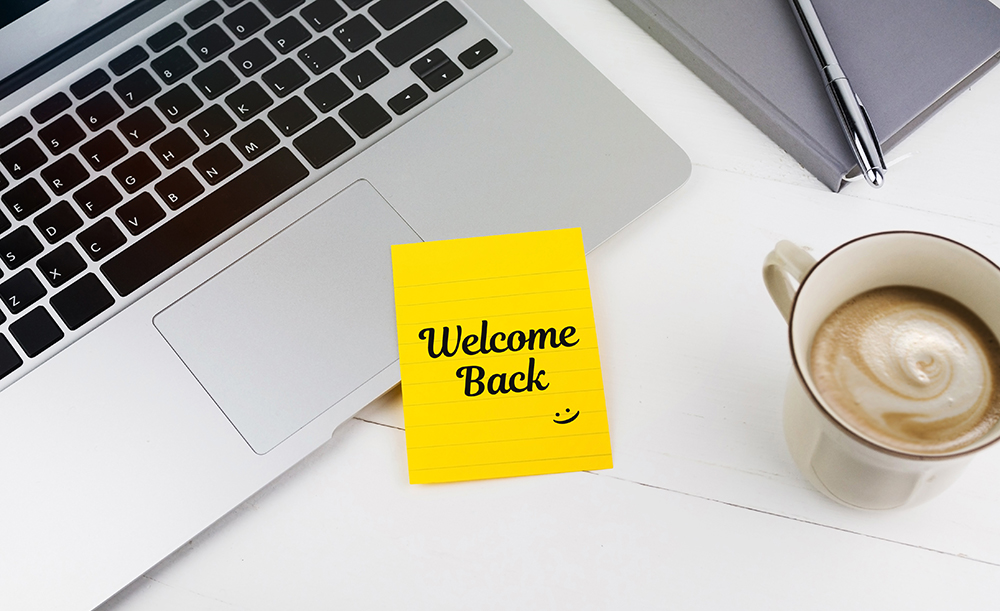Based on Government guidelines, companies are now starting to think about how and when they can safely get their team back to work and back to the office. There are so many considerations to take into account, many of which will be dependent on the size of your team, the office space you have and the type of business you run.
Here are a few of the things to consider when thinking about returning to work:
Create a Plan
It is a good idea to put someone, or a team of people, in charge of the return to work plan. They’ll be in charge of deciding when, who and how people should return, carrying out the necessary risk assessments as well as preparing the office space.
When is the Right Time?
The answer to this question is likely going to depend on the risk assessment, the demand for your products / services as well as any restrictions on your business activities from the government guidelines. Most businesses may opt for a gradual return, as business starts to pick up. But equally important is when you feel your business can safely accommodate your employees into your work space.
Who Should Return?
The first question to consider is what percentage of the workforce you need on site initially. Perhaps there are certain departments or teams that haven’t been able to work remotely, or their tasks have been limited. These employees are the obvious choice to return first.
Vulnerable employees should remain working from home if at all possible. Some people are likely to have childcare issues and everyone has different commutes, all these things should factor in the decision of who returns and when.
Format for the Working Day
If a large number of people need to return, you could consider a rota reducing the number of people at any one time, so that social distancing can be maintained. This might mean changing the hours employees are working, having staggered start times or working a reduced number of days in the office. This would obviously need to be managed so that all staff members know who can be contacted at what times and where.
How to Prepare the Office
You’ll need to decide what additional cleaning will be needed and what adaptations to the space will need to be made, for example spacing desks, adding partitions, creating traffic flow, increasing ventilation (all full list of which can be found here). In shared offices, or spaces with communal areas, you’ll need to work with the building facilities management to see how they are preparing the common areas.
There will need to be clearly displayed procedures for hygiene throughout your work space, including guidance for toilets, social distancing, hand washing and hygiene. As well as supplies of hand sanitiser around the workplace and in washrooms.
Review your Policies
You may want to review the policies you have in place, such as sick pay and health guidance, making sure those who are experiencing symptoms do not come to work, as well as those who live in a household with someone who has symptoms. Holiday allowance or travel policies may also need to be reviewed and guidance set for business meetings, if these are essential.
Clearly Communicate
There may be concerns and worries from your employees prior to returning to work, around safety, commuting or logistics. It is important to give people the opportunity to discuss these and to take them into account. Make sure you are communicating clearly with staff the measures you have taken to ensure safety and the ongoing steps that will be taken, as well as any rules you’ll have in place.
Overall, the two main questions to ask when considering the return to work are: Is it essential? Is it safe? It will certainly be a change to our working environments but who knows, we may all develop new ways of working that as Google CEO Sundar Pichai said, creates “an opportunity to reimagine how we work”!
–
Latest.

Everything you need to kickstart your freelance career.
Job Seeker, Here to help

In an AI-driven world, humans are still irreplaceable.
Thought Leadership, Industry Trends

Maximising your team performance with competitive salaries.
Job Seeker, Industry Trends

